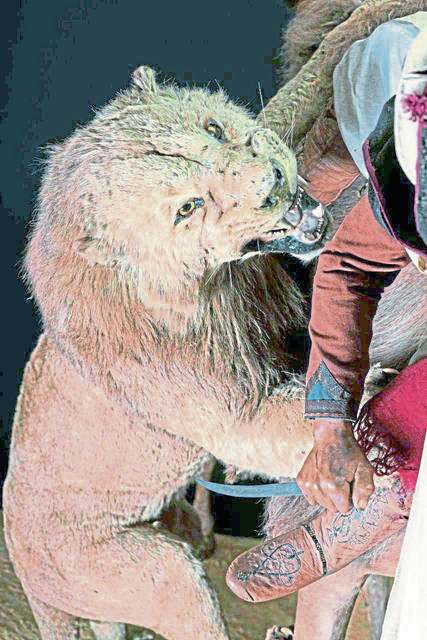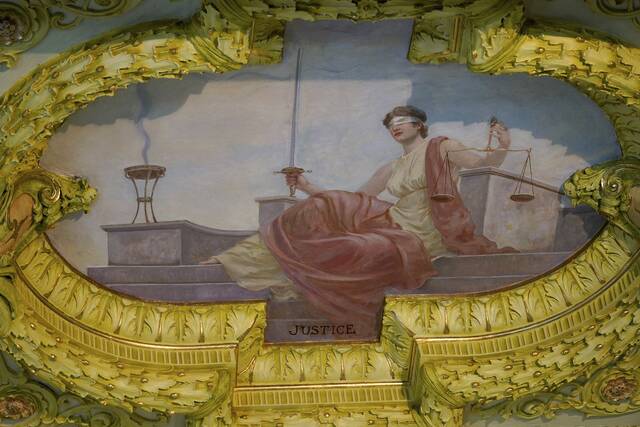If you asked the most intelligent scientists in Pittsburgh today what they thought about viruses, would that understanding hold up 150 years later?
Take a textbook from a sociology class today and stick it in a time capsule. Open it in 2170, and would those future sociologists be impressed or would they roll their eyes at what their forebears believed?
Every museum is stocked with these contradictions. Everything we know today is only a building block for what we will find out tomorrow. Because of that, museums are not just showcases for the knowledge we have achieved. They are warehouses for what we used to think we knew — maps for the trail followed to find the most up-to-date knowledge.
We should never pretend that those things studied and discovered and invented didn’t build on other less-complete understanding along the way.
Take the Carnegie Museum of Natural History. It is more than just a Pittsburgh treasure. It’s a national resource for information about how the world we know today grew from what it was hundreds or thousands or millions of years ago. But that information has done something the museum probably understands well. It has evolved.
The Carnegie tyrannosaurus Rex is one of the best examples of the popular prehistoric beast, but the way we know it in a post-“Jurassic Park” world isn’t the way it was always understood. While we now understand it to be more like a bird, balancing on two legs with a tail for a rudder, for much of the fossil’s past, it was thought to stand more upright.
The museum’s presentation changed to reflect better information. It didn’t cling to the past, but it didn’t hide the new information either.
There should be a way for that to happen again with the “Lion Attacking a Dromedary” diorama.
The fan-favorite exhibit is 150 years old, and was likely a remarkable example of what people thought they knew at the time it was constructed by French naturalist Edouard Verreaux. For over a century, it has been part of the Carnegie collection, thrilling visitors with a hyper-realistic portrayal of a lion savaging the camel and its rider.
In 2016, the exhibit was refurbished, and it was moved to a more prominent spot of the museum — near the entrance — in 2017. An evaluation of its content was undertaken at that time. The name was changed from “Arab Courier Attacked by Lions” to de-emphasize the dark-skinned rider, who turns out not to be an accurate representation of regional cultures. The male lion attacking while his female counterpart lies dead isn’t true to pack behavior, either, they came to realize. The Carnegie held a symposium about the work and concluded that it presented a “stereotyped, colonialist misrepresentation of North Africa and the Middle East,” said Stephen Tonsor, the interim director of the museum.
The summer of 2020, when protests of institutionalized racism are everywhere, has led the museum to take another hard look at the exhibition. While the process is underway, it has covered the glass that encases the exhibit. It’s a puzzling move: It seems to tell museumgoers that a beloved exhibit, cherished for generations, has suddenly become too shocking for the public eye. Let’s hope that the covering is just a symbolic move, to indicate that a thought process is underway, and in fact draws more attention to the work.
Let’s also hope they follow the same measured, fact-driven example they set with other evolving knowledge.
Honor what is true and keep it. Acknowledge what is wrong and change it if needed. Be honest and open about the path the process takes. And remember how it all happens.
The values that formed the exhibit in the mid-1800s cannot be erased. They are the historical record and should be explained — but not altered for the sake of trying to shield people today from an uncomfortable reality.








